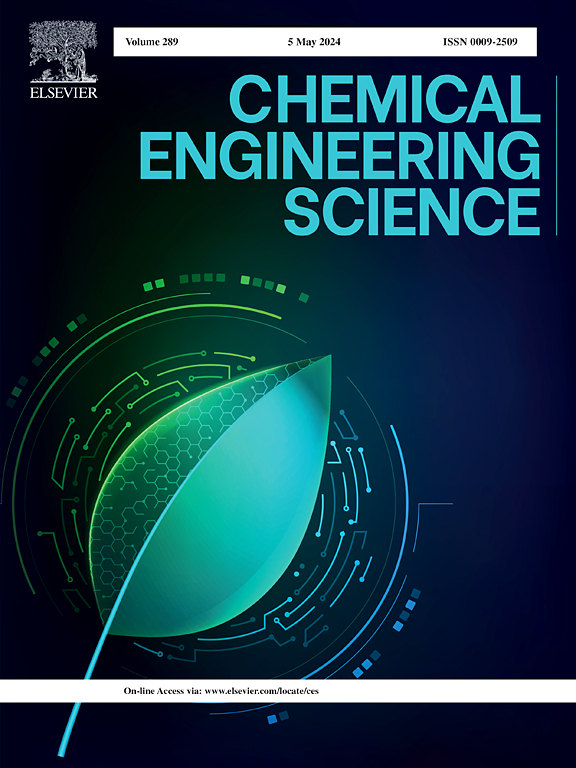Packed bed reactor technology in sugar oxidation
IF 4.1
2区 工程技术
Q2 ENGINEERING, CHEMICAL
引用次数: 0
Abstract
Packed beds are among the most used reactors in many sectors of chemical industries. In this work, the aim was to develop a general dynamic heterogeneous multiscale model for continuous packed bed reactors, by using experimental data to improve the accuracy of mass transfer modelling. Arabinose oxidation to arabinoic acid with molecular oxygen was used as a case study.
Experiments were performed in a continuous reactor system composed of a packed bed connected with a buffer tank for allowing recycling of the liquid phase and precise pH control. The packed bed was filled with laboratory prepared gold on alumina (3 %) catalyst extrudates. Various liquid flowrates were screened (150 mL/min, 200 mL/min and 250 mL/min). The obtained experimental results were used to estimate more accurately the gas–liquid mass transfer coefficient, which was implemented in the model by using the gPROMS Model Builder. The effect of different liquid flowrates on the reactor performance was evaluated. The results showed that complete arabinose conversion can be obtained in all the cases. However, a high conversion was achieved faster in case of higher liquid flowrates (9.9 h for the 250 mL/min, 10.4 h for the 200 mL/min and 10.95 h for 150 mL/min), which agreed with our experimental discoveries: the reason is that the high flow rate suppresses the external mass transfer resistances at the gas–liquid interface and around the catalyst extrudates.
求助全文
约1分钟内获得全文
求助全文
来源期刊

Chemical Engineering Science
工程技术-工程:化工
CiteScore
7.50
自引率
8.50%
发文量
1025
审稿时长
50 days
期刊介绍:
Chemical engineering enables the transformation of natural resources and energy into useful products for society. It draws on and applies natural sciences, mathematics and economics, and has developed fundamental engineering science that underpins the discipline.
Chemical Engineering Science (CES) has been publishing papers on the fundamentals of chemical engineering since 1951. CES is the platform where the most significant advances in the discipline have ever since been published. Chemical Engineering Science has accompanied and sustained chemical engineering through its development into the vibrant and broad scientific discipline it is today.
 求助内容:
求助内容: 应助结果提醒方式:
应助结果提醒方式:


